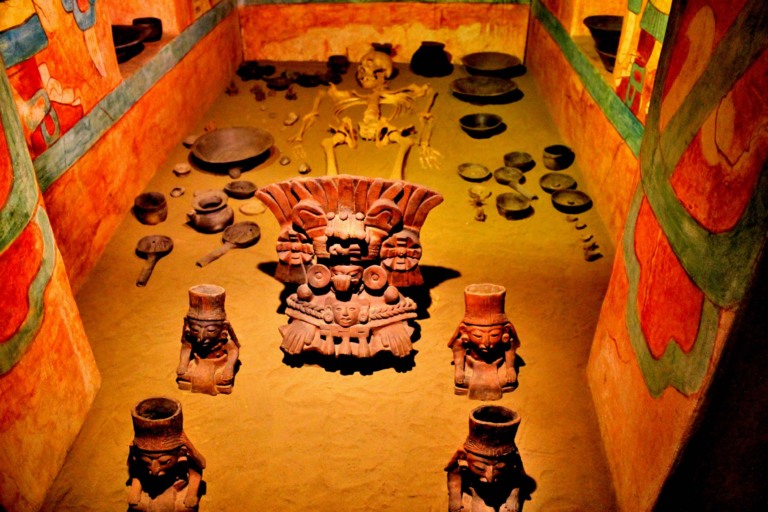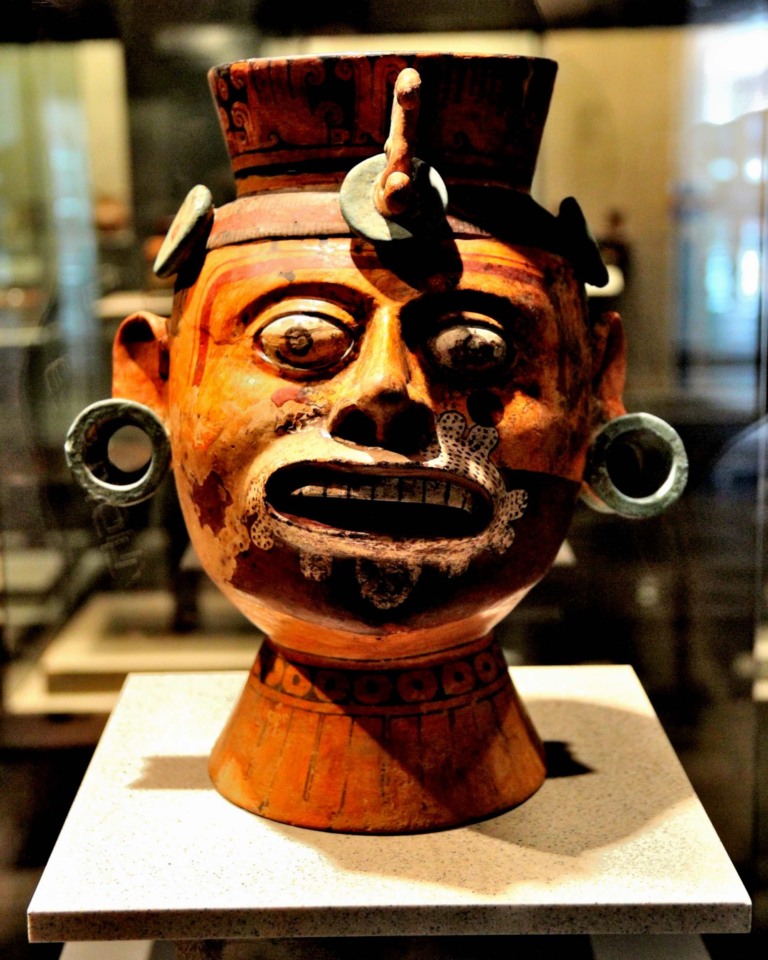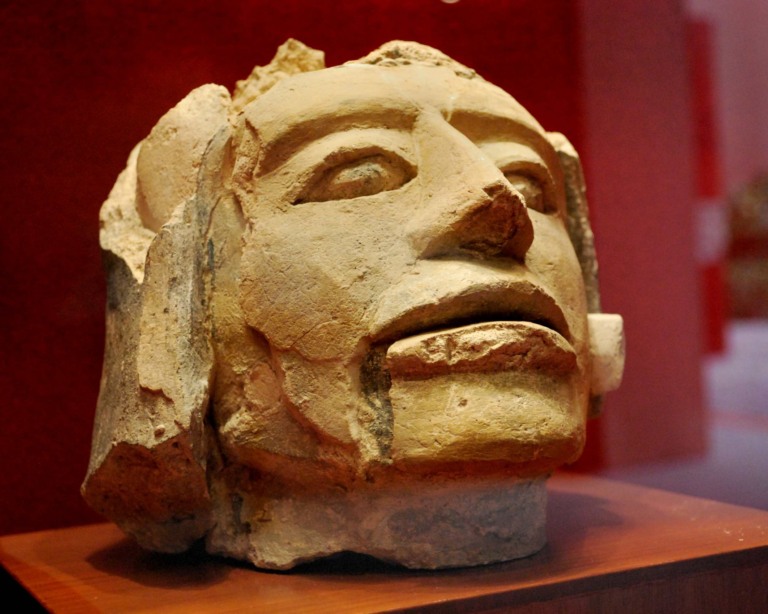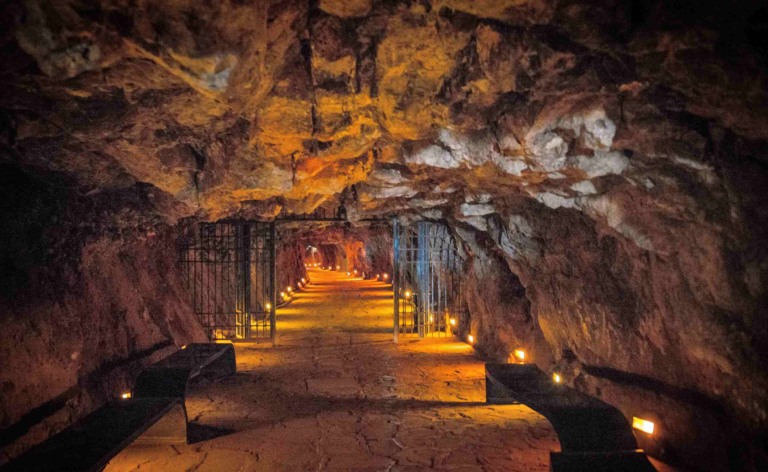The Tehuacán-Cuicatlán Valley, located in central-southern Mexico, is a region of great ecological and cultural significance. Known for its stunning biodiversity and deep historical roots, it was declared a UNESCO World Heritage site in 2018 under the category of a mixed cultural and natural property. The valley spans parts of the states of Puebla and Oaxaca and covers an area of over 145,000 hectares.
Tehuacán-Cuicatlán Valley Mexico
Ecological Significance
The Tehuacán-Cuicatlán Valley is a vital center of biodiversity, particularly notable for its desert and semi-desert ecosystems. It is home to a vast range of plant species, many of which are endemic to the area. The valley boasts one of the richest collections of cacti in the world, including towering columnar cacti that dominate its landscape. These cacti ecosystems, along with the rare agave and yucca species, thrive in the region’s arid climate.
The valley is also home to various endangered animal species, such as the green macaw, jaguars, pumas, and ocelots. The preservation of these unique ecosystems is essential for the continued survival of the valley’s flora and fauna, making it a key area for conservation efforts.
Cultural Importance
In addition to its ecological wealth, the Tehuacán-Cuicatlán Valley has significant cultural and historical value. Archaeological evidence suggests that the valley was one of the first areas in Mesoamerica where early forms of agriculture were developed. Corn, one of the world’s most important crops, was domesticated in this region around 9,000 years ago, marking the valley as a cradle of agricultural innovation.
The valley’s human history is reflected in the remnants of ancient irrigation systems, terraces, and cave paintings. It has been inhabited by various indigenous cultures over millennia, including the Cuicatec, Mixtec, and Nahua peoples. These groups left behind a rich legacy of cultural artifacts, many of which offer insight into the region’s early agricultural and societal developments.
Archaeological Sites
Several important archaeological sites are found in the valley, with the most notable being Coxcatlán Cave, where evidence of early human settlement and plant domestication has been discovered. These findings help researchers understand how the region’s inhabitants adapted to their environment and contributed to the development of agriculture in Mesoamerica.
Other key sites include remains of ancient temples, ceremonial centers, and dwellings that provide a glimpse into the social, religious, and architectural achievements of the indigenous populations that once thrived in the valley.
Conservation and Heritage
As a UNESCO World Heritage site, the Tehuacán-Cuicatlán Valley is recognized for its outstanding universal value, both in terms of natural beauty and cultural significance. Efforts are ongoing to preserve the valley’s delicate ecosystems and protect its archaeological treasures. The valley serves as an important reminder of the intertwined relationship between humanity and nature, highlighting the need to conserve both our natural environments and cultural heritage.
The Tehuacán-Cuicatlán Valley is an extraordinary place where the ecological richness of Mexico’s landscapes meets the depths of its ancient civilizations, making it an invaluable site for both biodiversity and human history.
Travel Tehuacán-Cuicatlán Valley
Visiting the Tehuacán-Cuicatlán Valley offers a unique opportunity to explore one of Mexico’s most significant ecological and cultural areas. There are several travel options to consider depending on your location, budget, and preferred mode of transportation. Here’s an overview of the different ways to access and explore the valley:
1. By Air
The nearest major airports to the Tehuacán-Cuicatlán Valley are located in Puebla City and Oaxaca City.
- Puebla International Airport (Hermanos Serdán International Airport – PBC): This is the closest airport to the valley, located about 120 km (75 miles) from Tehuacán. From Puebla, you can take a bus or rent a car to travel to the valley, which will take around 2-3 hours.
-
Oaxaca International Airport (Xoxocotlán International Airport – OAX): This airport is further away, about 200 km (124 miles) from the valley. However, it is an option if you plan to visit Oaxaca City as part of your trip. The drive to Tehuacán from Oaxaca takes approximately 4-5 hours.
2. By Car
Driving to the Tehuacán-Cuicatlán Valley provides the most flexibility and allows you to explore the surrounding areas at your own pace.
- From Puebla: The drive from Puebla to the Tehuacán-Cuicatlán Valley takes around 2-3 hours. You can take Highway 150D (a toll road) heading southeast to Tehuacán, the nearest town to the valley. From Tehuacán, it’s a short drive to the entrance of the valley.
-
From Oaxaca: The journey from Oaxaca City takes approximately 4-5 hours by car via Highway 135D north towards Tehuacán. The route is scenic and offers views of the region’s rugged terrain.
3. By Bus
For those who prefer public transportation, Mexico has a well-developed bus network with options to reach Tehuacán from nearby cities.
- From Puebla: Several bus companies, such as ADO and AU, operate routes between Puebla and Tehuacán. The trip takes about 2.5 to 3 hours. Once in Tehuacán, you can hire a taxi or arrange for a guided tour to explore the valley.
-
From Oaxaca: Buses from Oaxaca to Tehuacán are available, but the journey is longer, taking around 5-6 hours. OCC and ADO are common bus companies serving this route. Upon arrival, you can hire a local guide or use a taxi to reach the valley.
4. Guided Tours
Guided tours are an excellent way to explore the Tehuacán-Cuicatlán Valley, especially if you want to learn more about the ecology, archaeology, and history of the region. Many tours depart from Puebla, Oaxaca, or Tehuacán and include transportation, entrance fees, and knowledgeable guides.
- Day Trips from Puebla: Several tour operators offer day trips from Puebla to the valley, which typically include stops at key archaeological sites, wildlife reserves, and cactus forests.
-
Multi-Day Tours: If you’re looking to dive deeper into the region’s heritage, multi-day tours from Puebla or Oaxaca often include visits to the valley, as well as other nearby attractions like the Mitla ruins or the Sierra Norte nature reserves.
5. Exploring the Valley
Once in the Tehuacán-Cuicatlán Valley, you can explore its many natural and archaeological attractions. The valley is known for its vast cactus forests, ancient irrigation systems, and archaeological sites such as Coxcatlán Cave. Activities include:
- Hiking and Nature Walks: Explore the rich biodiversity and unique plant life of the valley.
- Archaeological Tours: Visit important sites like Coxcatlán Cave, which houses early evidence of agricultural development.
- Birdwatching and Wildlife Spotting: The valley is home to endangered species like the green macaw and jaguar.
6. Best Time to Visit
The ideal time to visit the Tehuacán-Cuicatlán Valley is during the dry season, from November to April, when the weather is cooler and more comfortable for outdoor activities. The rainy season, from May to October, can make some areas difficult to access.
Conclusion
Whether you choose to fly into Puebla or Oaxaca, take a scenic drive, or join a guided tour, visiting the Tehuacán-Cuicatlán Valley promises an unforgettable experience. With its unique blend of natural beauty and historical significance, it’s a destination that offers insight into both Mexico’s ecological diversity and ancient civilizations.








